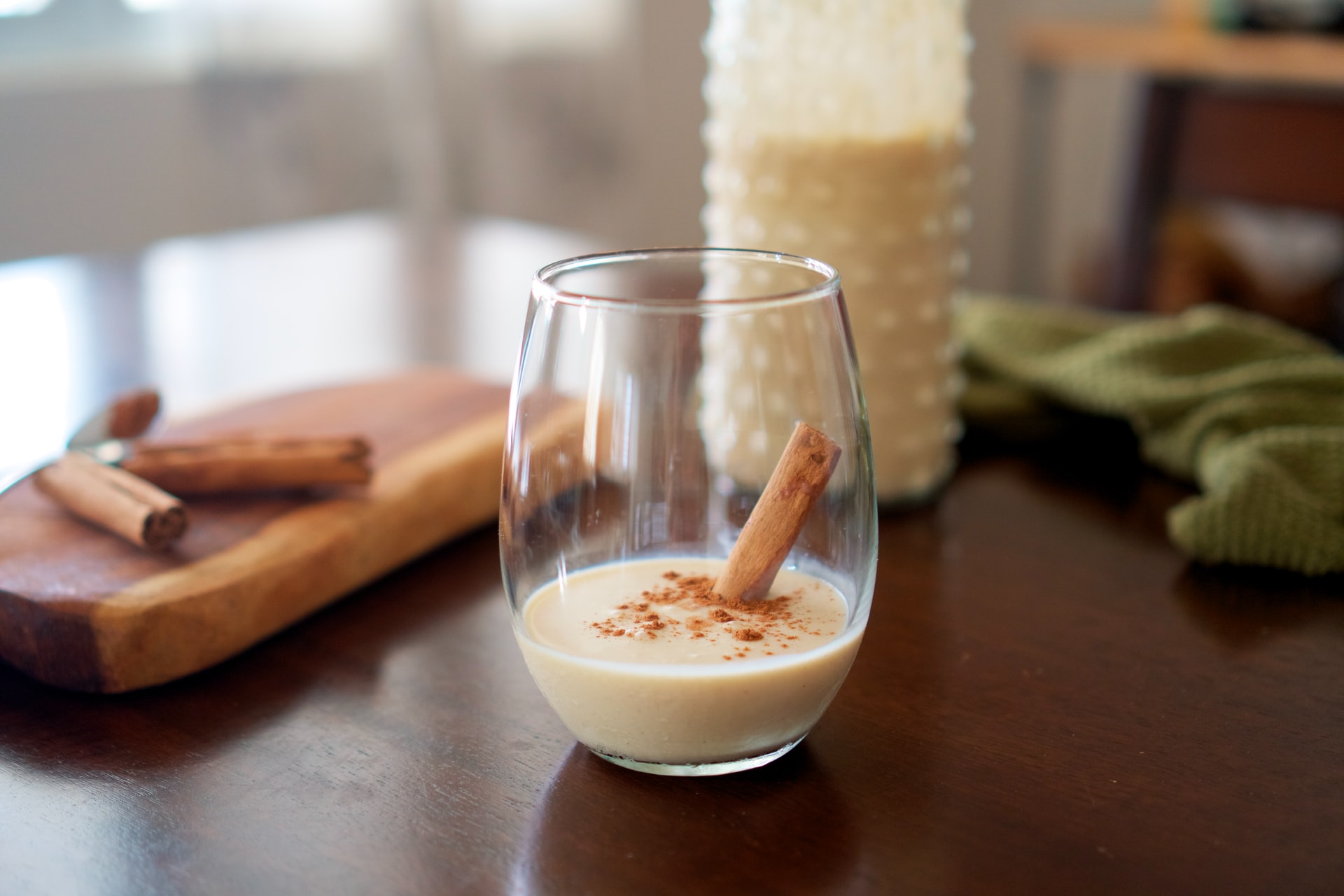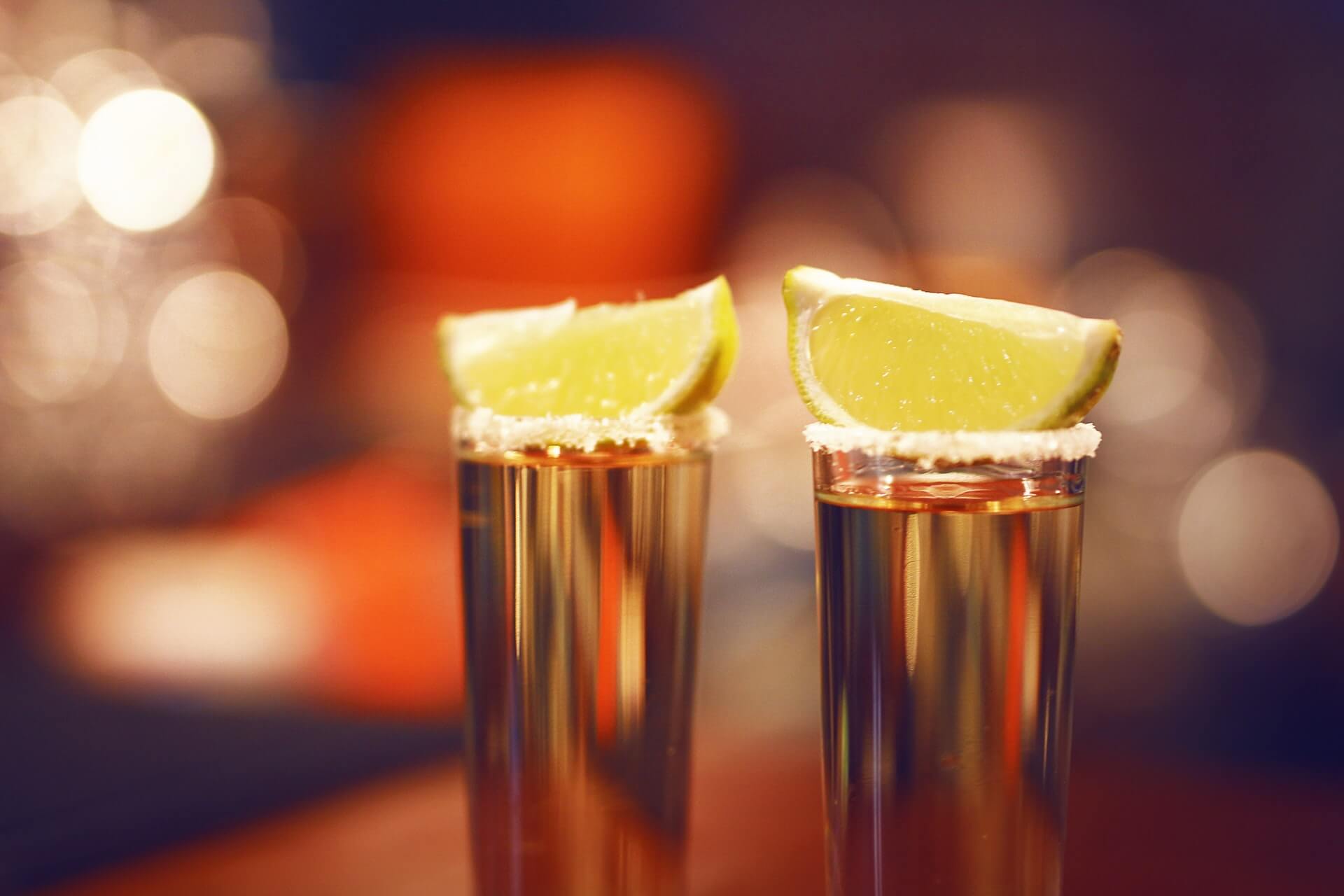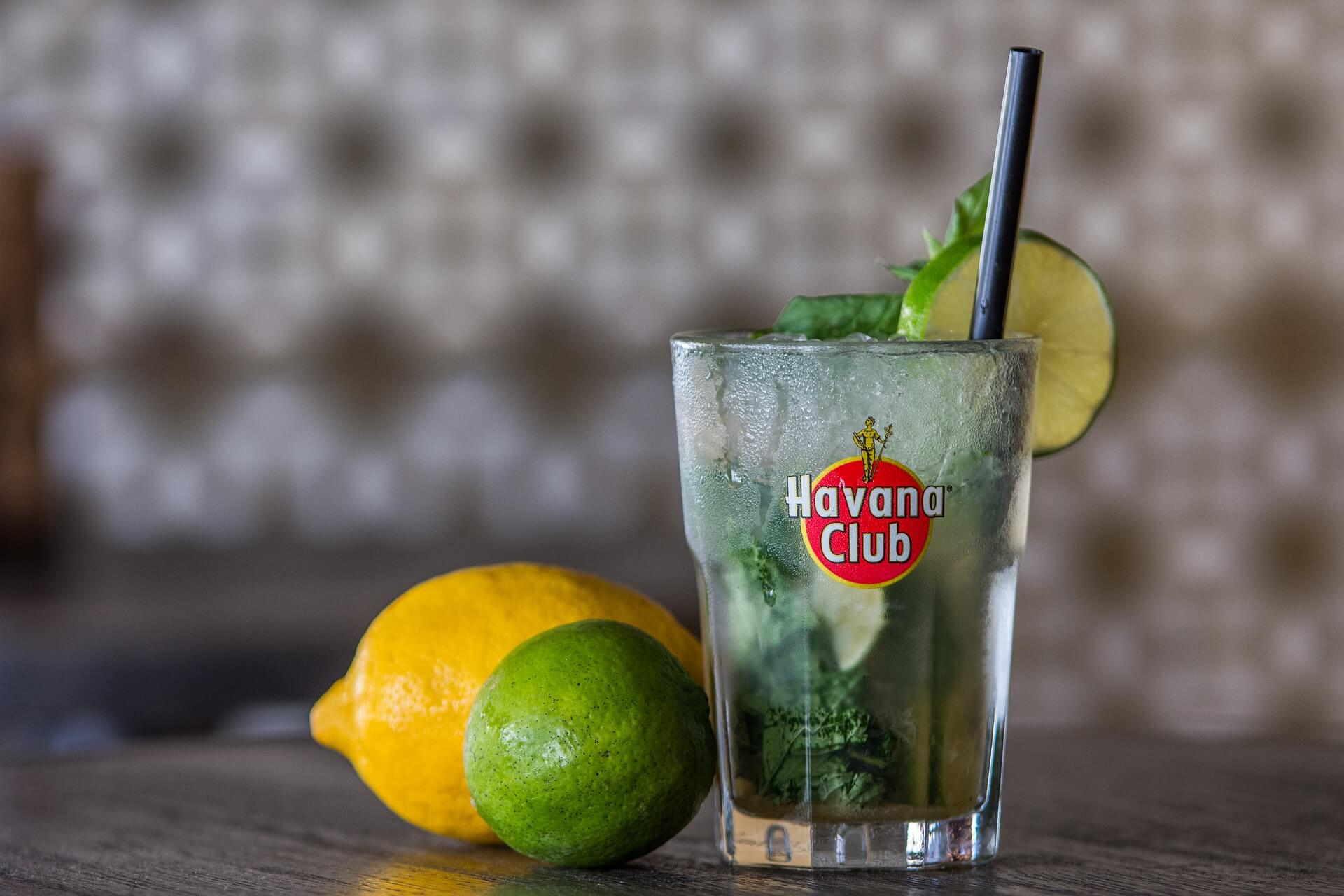The Winter Cocktail Your Menu Craves
David Klemt

Sure, you can throw eggnog onto your menu and call it a cold day but what about a tastier winter rum cocktail that will wow your guests?
It’s the Coquito and we celebrate it on Tuesday, December 21 this year.
This creamy and rich rum drink makes an ideal LTO during the winter holiday season. And what better day to launch it than National Coquito Day?
So, let’s dive into the Coquito.
Origins
This delicious rum cocktail comes to us from Puerto Rico. There, it’s a traditional Christmas drink.
The name translates to “little coconut” in Spanish. Given that it’s made with coconut milk or cream of coconut, the name makes a lot sense.
Simple, straightforward, rich and creamy, the Coquito is easy to make and easier to drink.
Spiced with cinnamon, nutmeg and vanilla, this amazing drink embodies the flavors of the season.
Recipe
Bacardí lays claim to the original Coquito recipe. Like the phrase “No Negroni without Campari,” the rum brand says, “It’s not an original Coquito without Bacardí.”
The Bacardí Coquito recipe is as follows:
- 1L bottle of Bacardí Superior Rum
- 15 oz. Cream of coconut
- 14 oz. Condensed milk
- 12 oz. Evaporated milk
- 2 Tbsp. Vanilla extract
- Cinnamon to taste
Add all ingredients to a punch bowl and refrigerate until well chilled. Pour into mugs or cordial glasses and garnish with a cinnamon stick and/or a sprinkle of cinnamon.
Traditionally, the Coquito is served in a shot glass.
However, there are several alternative ways to make the Coquito. For example, the Liquor.com Coquito recipe:
- 750 mL White, añejo or spiced Puerto Rican rum
- 56 oz. Sweetened condensed milk
- 48 oz. Evaporated milk
- 24 oz. Cream of coconut
- 4 tsps. Vanilla extract
- 4 tsps. Ground cinnamon
- 1 tsp. Ground nutmeg
- Cinnamon sticks (one stick per bottle of prebatched Coquito, two per individual serving)
Add all ingredients except for rum and cinnamon sticks to a saucepan over medium heat. Stir constantly, bring to a simmer, and then let cool. Add the rum and stir. Pour into bottles that can be sealed, and add one cinnamon stick. Seal bottles and store in refrigerator (some sources say the Coquito can be stored for up to two weeks). Serve in rocks glasses and garnish with two cinnamon sticks.
Riffs
Some people add eggs to the saucepan version of the Coquito. The thickness of the drink can also be altered by reducing or increasing heating times.
Alternatively, swapping the cream of coconut out in exchange for coconut milk means a lower fat content. Obviously, that will affect mouthfeel and thickness.
Further, using different brands and expressions of rum will affect flavor. In fact, some recipes call for chocolate-flavored rum or adding chocolate liqueur.
Finally, using a zero-proof alternative to rum will allow guests who aren’t drinking to participate and engage with your winter menu. Lyre’s White Cane Spirit, Dark Cane Spirit, and Spiced Cane Spirit are clever alternatives. Ritual Rum Alternative is also a great zero-ABV option.
So, there are several ways to make the Coquito your bar team’s own. Spices, liqueurs, milk versus cream, garnishes, and glassware can put your stamp on your Coquito.
Mark your calendars and ready your marketing channels: Tuesday, December 21 is National Coquito Day.
Image: Maria Moledo on Unsplash


